This guide explores the fascinating world of figurative language, providing tools and techniques to analyze text, identify literary devices, and enhance your own writing. Dive in to unlock the power of words!
Decoding Figurative Language
Figurative language, the art of using words beyond their literal meaning, empowers writers to paint vivid pictures, evoke emotions, and create memorable experiences for their readers. This section explores the “why,” “what,” and “how” of finding these literary gems hidden within text.
What is Figurative Language?
Figurative language uses words to create an impact beyond their literal definition. Imagine saying, “My heart is a drum pounding in my chest.” You’re not suggesting a percussion instrument resides within your ribcage, but rather conveying the feeling of a rapid heartbeat. This includes devices like similes (using “like” or “as”), metaphors (direct comparisons), personification (giving human qualities to non-human entities), hyperbole (exaggeration), and more.
Why is Understanding Figurative Language Important?
Unmasking figurative language offers a multitude of benefits:
- Improved Writing: Studying how others use figurative language can inspire your own creative expression, resulting in richer, more engaging text.
- Deeper Textual Analysis: Figurative language often holds the key to an author’s intent, tone, and underlying message. Recognizing these devices unlocks a deeper level of understanding.
- Enhanced Teaching & Learning: Educators can use figurative language identification to elevate students’ comprehension and appreciation for literature. It provides a framework for analyzing texts and encourages creative writing.
How Can You Find Figurative Language?
Several approaches exist to uncover figurative language:
- Online Tools & Calculators: These automated assistants scan text, highlighting potential figurative language instances. While efficient, they may miss subtle nuances.
- AI-Powered Finders: Artificial intelligence offers more nuanced analysis, identifying types of figurative language and suggesting potential meanings. However, AI is constantly evolving, and its analyses should be reviewed critically.
- Manual Analysis (Close Reading): Careful reading with an eye for unusual comparisons, vivid imagery, and emotive language can reveal the subtle artistry of figurative language. This approach fosters a deeper understanding of the author’s craft.
Using a Figurative Language Finder:
- Select a Tool: Choose an online checker, an AI-powered tool, or opt for the manual method.
- Input Text: Provide the text you’d like to analyze.
- Analyze: Initiate the analysis process.
- Review and Verify: Critically examine the results, especially with AI-powered tools, and consider the context.
Tips for Effective Figurative Language Identification:
- Explore Different Tools: Each tool has its strengths and weaknesses. Experimentation will lead you to the best fit for your needs.
- Consider Context: Meaning changes depending on context. Always analyze figurative language within its surrounding text.
- Use AI Critically: AI is a valuable tool, but it requires human oversight. Combine AI analysis with your own judgment.
- Practice Regularly: The more you practice identifying figurative language, the more intuitive the process becomes.
Mastering Figurative Language Identification
Want to boost your reading comprehension and make your writing more captivating? Mastering figurative language is key. This section provides a practical framework for identifying these literary devices, transforming you into a figurative language detective.
Types of Figurative Language & Identification Strategies
1. Simile: Comparing two dissimilar things using “like” or “as.” Look for these explicit comparison markers. Example: “He’s as busy as a bee.”
2. Metaphor: Directly comparing two unlike things without “like” or “as,” stating one thing is another. Example: “The world is a stage.”
3. Personification: Giving human qualities to non-human entities. Look for human actions or emotions attributed to objects, animals, or abstract ideas. Example: “The wind whispered through the trees.”
4. Hyperbole: Exaggeration used for emphasis or humor. Identify extreme statements not meant to be taken literally. Example: “I’m so hungry I could eat a horse.”
5. Allusion: A reference to a well-known person, place, event, or work of art. Requires familiarity with cultural references. Example: Referring to someone as a “Romeo” alludes to Shakespeare’s romantic hero. See our figurative language anchor chart for more examples.
6. Idiom: A phrase with a figurative meaning different from the literal meaning of its words. Idioms are culture-specific and learned through exposure. Example: “Kick the bucket” (meaning to die).
Tips for Identifying Figurative Language:
- Context Matters: Analyze the surrounding text for clues.
- Author’s Intent: Consider the author’s overall message.
- Practice and Exposure: Wide reading improves recognition.
Understanding Figurative Language Finders
Figurative language finders, powered by AI, serve as digital detectives, identifying and analyzing literary devices in text. This section explores the “what,” “how,” and “why” of these powerful tools.
What is a Figurative Language Finder?
These AI-powered tools analyze text, identifying patterns and phrases suggesting figurative language. They offer a faster, more efficient alternative to manual identification.
How Do Figurative Language Finders Work?
Users input text, and the tool’s AI engine scans for patterns associated with similes, metaphors, personification, and more. Some tools offer advanced features like alternative phrasing suggestions or a “figurative language density score.” Some popular options include Figurative Checker, Kodora AI, GrammarLookup, Stork, and LingoBright.
Why Use a Figurative Language Finder?
- Time Efficiency: Automates a time-consuming process.
- Writing Enhancement: Identifies areas for improvement and creative exploration.
- Learning Tool: Aids in understanding various types of figurative language.
Limitations of Figurative Language Finders
While valuable, these tools have limitations. They might misinterpret context, requiring human review and critical thinking. The interpretation of nuanced language remains a uniquely human skill. Ongoing research continually improves AI accuracy, but human oversight remains essential.
12 Types of Figurative Language and Examples
Let’s delve into 12 common types of figurative language, exploring their definitions, effects, and examples. Mastering these literary devices will elevate your writing and empower you to communicate with greater nuance and impact.
| Figurative Language | Description | Example | Effect/Purpose |
|---|---|---|---|
| Simile | Comparison using “like” or “as” | He’s as brave as a lion. | Creates a vivid comparison and enhances imagery. |
| Metaphor | Implied comparison | The world is a stage. | Creates a direct, impactful comparison, suggesting deeper meaning. |
| Personification | Giving human qualities to non-human things | The sun smiled down on us. | Adds a human element, making descriptions more relatable and engaging. |
| Onomatopoeia | Words that imitate sounds | The bees buzzed around the flowers. | Creates a sensory experience, immersing the reader in the scene. |
| Oxymoron | Combining contradictory terms | Bittersweet symphony. | Creates a paradoxical effect, highlighting complexity and tension. |
| Hyperbole | Exaggeration for emphasis | I’ve told you a million times! | Emphasizes a point, often for humorous or dramatic effect. |
| Allusion | Reference to a well-known person, place, or thing | He’s a real Romeo. | Adds depth and meaning by connecting to shared cultural knowledge. |
| Idiom | Phrase with a non-literal meaning | It’s raining cats and dogs. | Adds color and personality to language, often culture-specific. |
| Pun | Play on words | I’m reading a book about anti-gravity. It’s impossible to put down! | Creates humor and wit through wordplay. |
| Cliché | Overused phrase | Time heals all wounds. | Can be effective if used sparingly, but overuse can weaken writing. |
| Euphemism | Mild expression substituted for a harsher one | He’s no longer with us. | Softens the impact of harsh or unpleasant information. |
| Alliteration | Repetition of initial consonant sounds | She sells seashells by the seashore. | Creates a musicality and rhythm that enhances memorability. |
For further clarification on student privacy rights, explore the definition of FERPA stands for.
By exploring and implementing these figurative language techniques, you can transform your writing, making it more engaging, impactful, and memorable. Remember, the journey of language exploration is ongoing, with new discoveries waiting around every corner.
- Georgia Platform: A Southern Strategy, 1850s - March 31, 2025
- How many weeks is 40 days: Quick Conversion Guide for Accurate Results - March 31, 2025
- How many feet is 300 meters? 984 Feet: Understand Length Conversions Easily - March 31, 2025
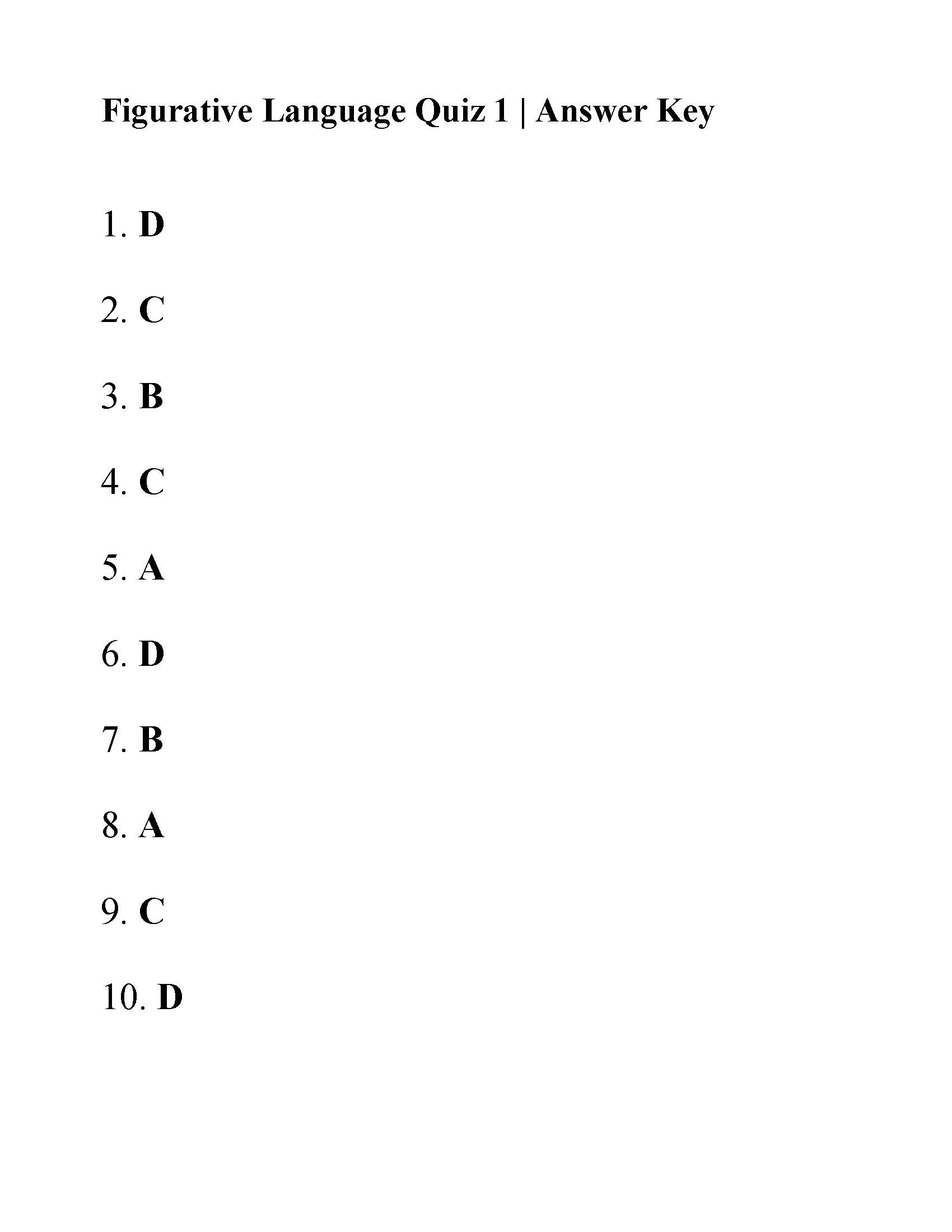

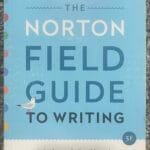
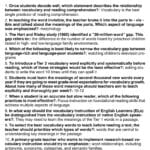

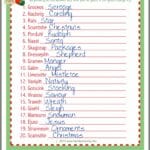
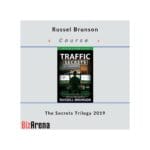










1 thought on “Top Figurative Language Finders & Analyzers (2024 Review)”
Comments are closed.